Description
Boar Penannular Brooch
The boar represented courage and fearlessness, and was a symbol used by both Celtic and Saxon warriors. It is frequently found adorning shields and armor, especially in the form of crests on helmets. Hand-crafted in bronze or sterling silver. Outer diameter – 2 5/8 inch (68 mm)
- Handmade in the USA
- Bronze or Sterling Silver
- Measures Approx. 2 5/8″ (68 mm)
- Boar Head Terminals
The History of The Penannular Brooch
Also known as the “Celtic brooch”, the penannular brooch is used to fasten clothes. Our customers often use them to fasten fly plaids, the aprons of ancient kilts, and the extra fabric of great kilts. Jamie Fraser from OUTLANDER wears one to fasten his great kilt (one similar to our Wrought Iron brooch). The name comes from the fact that it is made of an incomplete ring. People associate them with the British Isles of the Early Medieval period the most.
People of Iron Age Europe first used them for the practical purpose of fastening clothing. Elites of Ireland and Scotland from 700-900 owned highly ornate brooches made of precious metal. They are the most significant non-religious metalwork from Early Medieval Celtic art. Celts continued to use more simple brooches, such as a thistle brooch, into the 11th century Viking age in Ireland and Scotland.
Both men and women wore these brooches. The men wore them at the shoulder and women at the breast with the pin pointing up. An Irish law stated that the wearer was not at fault for an injury sustained from the pin of a brooch if the pin is pointed up and does not project too far out.
Elites and clergy in Ireland wore the most elaborate brooches. The clergy likely wore them only for ceremonial purposes to fasten copes and other vestments. An Irish statute stated that sons of major kings that are fostered should wear gold brooches with crystal inserts. The sons of minor kings only needed to wear silver brooches. This means that our 3 Stone Penannular Brooch resembles those worn by the sons of major kings, because of the crystal inserts.
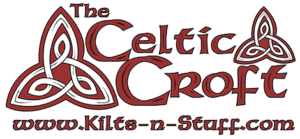
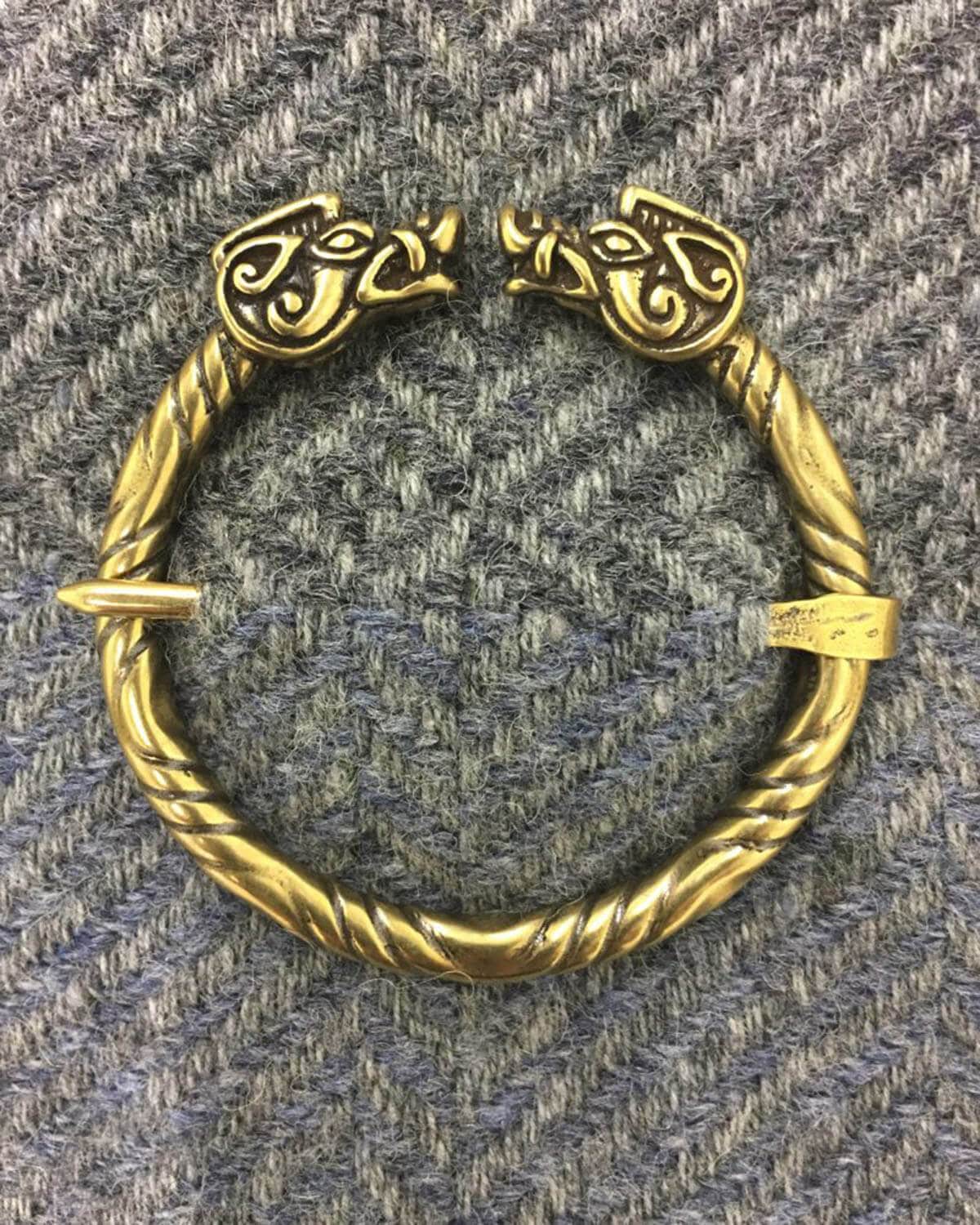
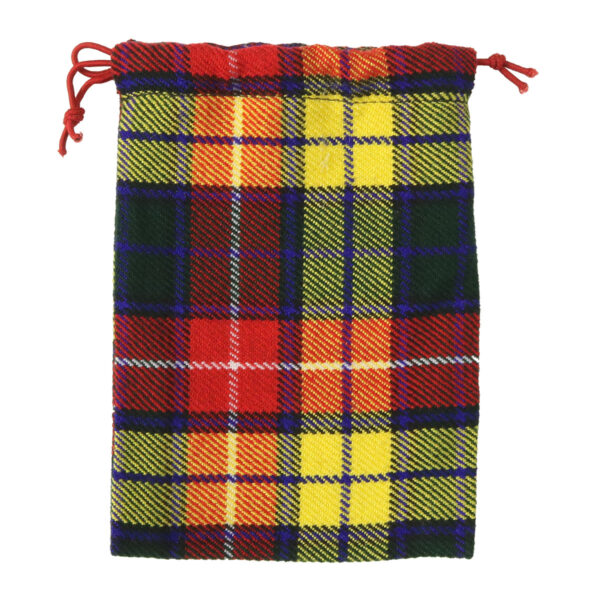
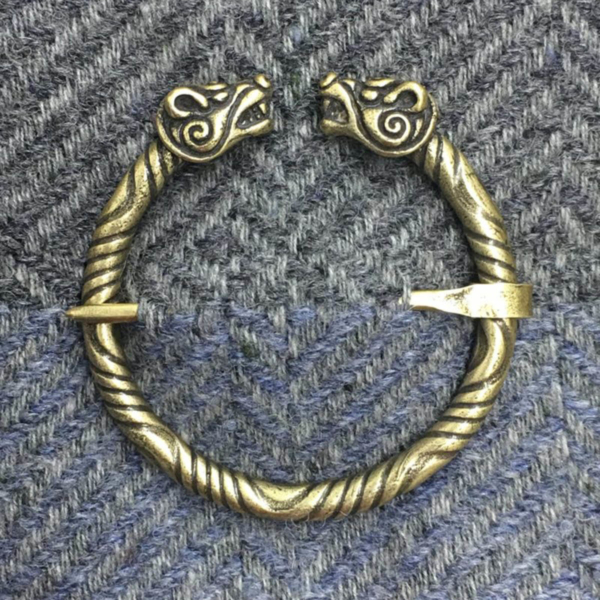
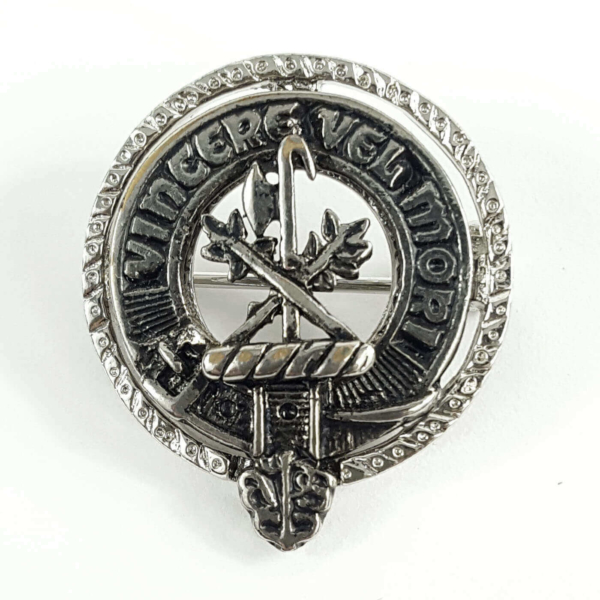
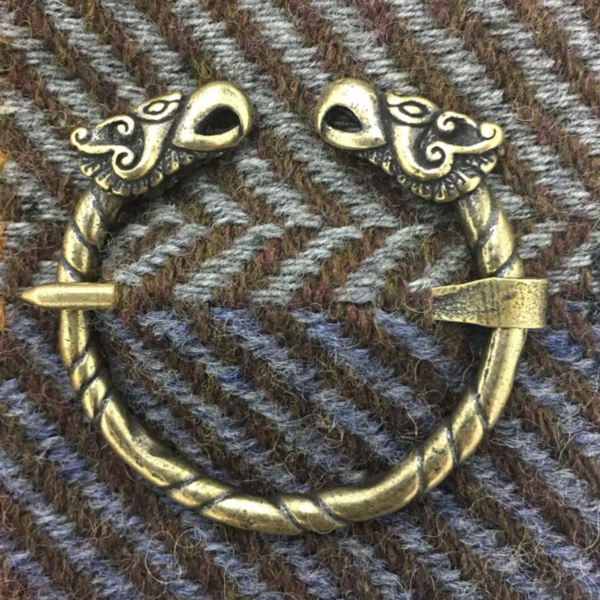
Reviews
There are no reviews yet